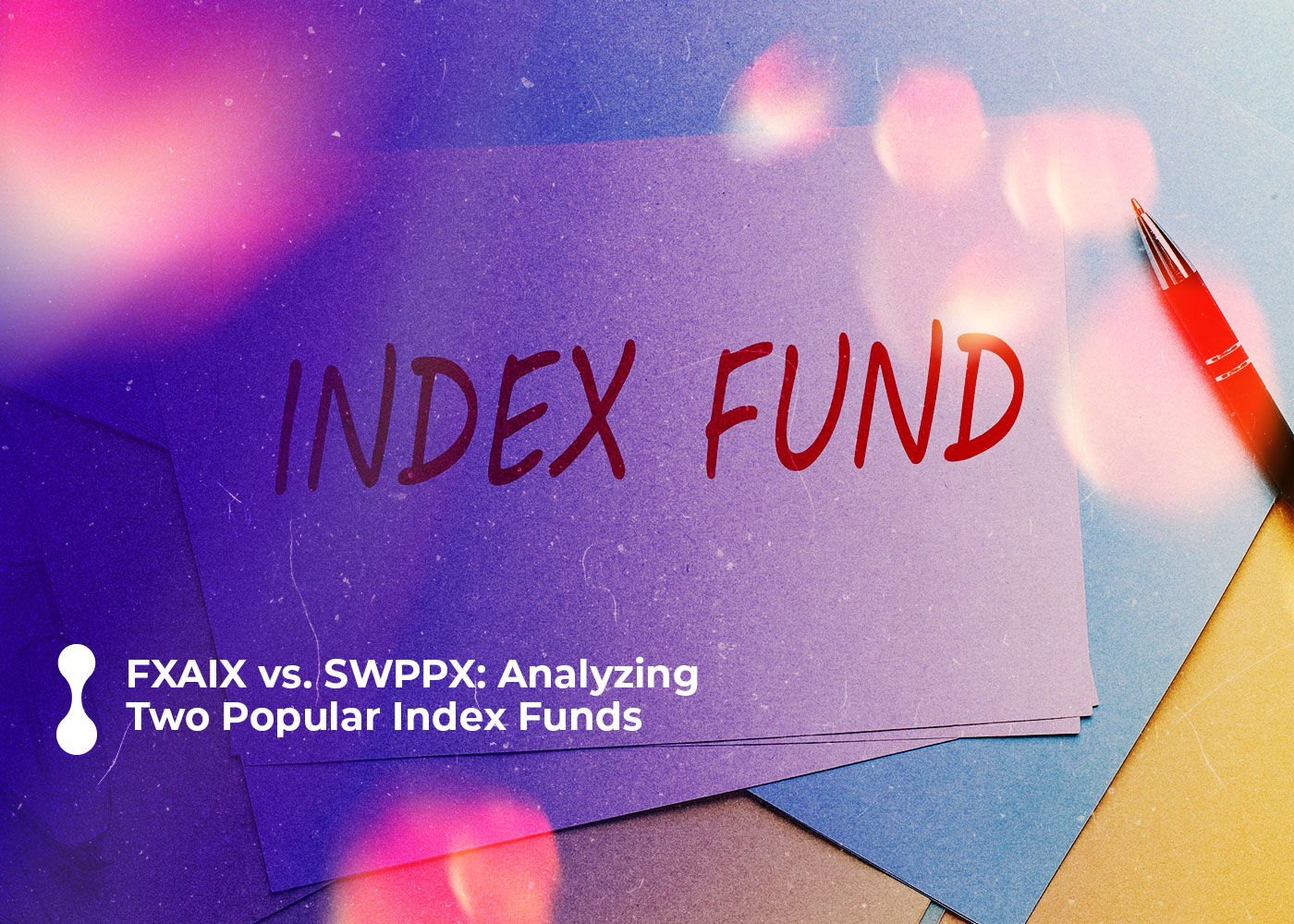For many investors, having the right investment strategy is essential when maximizing returns and minimizing risk. Index funds have become a popular way to diversify portfolios, spreading investments across multiple asset classes with minimal effort. In this article, we’ll look at two popular index funds: the Fidelity 500 Index Fund (FXAIX) and the Schwab S&P 500 Index Fund (SWPPX). By comparing their performance in different metrics, such as past returns, fees charged, and coverage area, we hope to provide insights into how these index funds can shape your portfolio.
FXAIX: What Is It? What Are Its Advantages and Disadvantages?
The Fidelity 500 Index Fund (FXAIX) is a mutual fund that replicates the performance of the S&P 500 Index, a market-cap-weighted index of 500 large-cap U.S. stocks. The fund invests in the same stocks as the index and aims to mimic its performance. Below are the advantages and disadvantages of investing in the Fidelity 500 Index Fund (FXAIX).
Pros:
- Low Expense Ratio: Investors can save money on fees by investing in FXAIX, which has a low expense ratio of 0.02% compared to actively managed funds.
- Diversification: The fund provides diversification across different industries and sectors by tracking the S&P 500 Index.
- Passive Management: As it is a fund managed passively, it involves less frequent trading and research, ultimately reducing costs.
- Tax Efficiency: Investors can hold FXAIX in a tax-advantaged account like an IRA or 401(k) to reduce their tax liability because it is a tax-efficient mutual fund.
- Liquidity: Investors can easily buy and sell their shares of FXAIX since it is a highly liquid fund.
Cons:
- Limited Upside Potential: The fund is not expected to perform better than the market because it follows the S&P 500 Index.
- Limited Flexibility: The fund’s investment opportunities are restricted to companies that are a part of the S&P 500 Index, which can be a limiting factor.
- Market Risk: The fund’s value may go up or down because of the market’s changes, just like any other equity investment.
- No Active Management: The fund’s passive management strategy may limit its ability to benefit from market inefficiencies or exploit short-term opportunities.
- Exposure to Overvalued Companies: The fund invests in all the stocks in the S&P 500 Index, which means it could have exposure to overvalued companies.

SWPPX: What Is It? What Are Its Advantages and Disadvantages?
SWPPX is a mutual fund that aims to track the performance of the S&P 500 Index, and its ticker symbol is SWPPX. Like FXAIX, it invests in the same stocks as the S&P 500 Index and seeks to closely replicate its performance. Below are some advantages and disadvantages of investing in the Schwab S&P 500 Index Fund (SWPPX):
Pros:
- Low Expense Ratio: Investors can save money on fees by investing in SWPPX, which has a comparatively low expense ratio compared to actively managed funds.
- Diversification: The fund provides diversification across different industries and sectors by tracking the S&P 500 Index.
- Passive Management: Because it’s a passively managed fund, there’s less need for trading and research, which means the expenses can be lower.
- Tax Efficiency: Investors can reduce their tax liability by holding SWPPX, which is a tax-efficient mutual fund, in a tax-advantaged account like an IRA or a 401(k).
- Liquidity: Investors can easily buy and sell their shares of SWPPX because it is a highly liquid fund.
Cons:
- Limited Upside Potential: As the fund follows the S&P 500 Index, its chances of performing better than the market are low.
- Limited Flexibility: The fund’s investment opportunities are limited to only companies listed in the S&P 500 Index.
- Market Risk: Like any other equity investment, the value of the fund may go up or down due to market fluctuations.
- No Active Management: Since the fund is managed passively, it may not be able to take advantage of market inefficiencies or capitalize on short-term opportunities.
- Exposure to Overvalued Companies: The fund’s investment in all stocks of the S&P 500 Index may include overvalued companies.
Making the Choice: FXAIX vs. SWPPX
Here are some important similarities and differences to help you compare and choose between the Fidelity 500 Index Fund (FXAIX) and the Schwab S&P 500 Index Fund (SWPPX).
Similarities:
- Both funds aim to replicate the performance of the S&P 500 Index by investing in the same companies with the same weights.
- The expense ratios of both funds are lower when compared to actively managed funds.
- Both funds follow a passive management approach and aim to mimic the performance of the S&P 500 Index.
- Both funds provide diversification across different industries and sectors.
- You can easily buy and sell both funds as they have a high level of liquidity.
Differences:
- Fidelity Investments manages FXAIX, whereas Charles Schwab Investment Management manages SWPPX.
- The expense ratio of FXAIX is the same as SWPPX.
- The minimum investment required for FXAIX is slightly lower compared to SWPPX.
- The 10-year average return of FXAIX is slightly higher than that of SWPPX.
- The investment fund FXAIX has an institutional share class that provides a lower expense ratio to investors with larger investment amounts.
- SWPPX provides a wider range of share classes that include ETFs as well.
To decide between FXAIX and SWPPX, consider what you want to achieve with your investment, how much risk you can tolerate, and your preferences. Since both funds have a similar investment strategy, the main distinctions are their expense ratios, minimum investment demands, and the investment management company running the fund. You can also compare each fund’s various share classes and other characteristics to determine which is the most suitable for your investment objectives.
Conclusion:
To sum up, if you’re looking to invest in the S&P 500 Index, the Fidelity 500 Index Fund (FXAIX) and the Schwab S&P 500 Index Fund (SWPPX) are two popular options to consider. Both funds expose various sectors with low expense ratios and passive management approaches. However, their key differences lie in their expense ratios, minimum investment requirements, and investment management firms. Investors need to examine the dissimilarities between the funds and compare their characteristics to make an informed decision. This will help them identify the fund that fits their investment objectives, risk tolerance, and individual choices.
